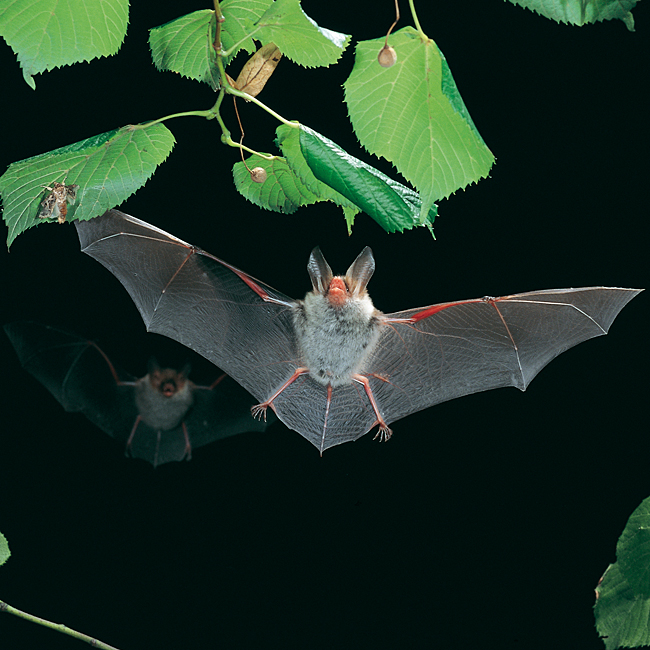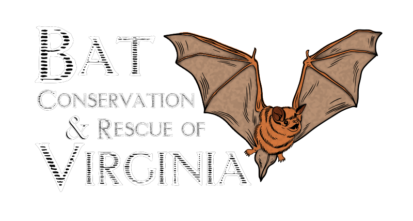[The long wait is over! Blogger Rachael is back! We couldn't be happier. --Ed.]

Hi everyone! I hope you all had a good week! I am so sorry that I wasn’t here for these last few blogs, I had a wonderful time in Germany though. My battiest adventure in Germany was when I got to go to Altena Castel. This castle is home to a bat colony. Sadly, I was not able to see the bats.
Since I was in Germany, I thought I would write about a German bat. I found an adorable long-eared bat called the Bechstein’s bat. They are fluffy all over and have reddish-brown fur on their back, and gray-white fur on their stomachs. These bats eat flying insects such as moths and flies. They also eat other things such as grasshoppers and nut weevils.
Bechstein’s bats like to roost in tree canopies, especially beech and oak woodlands. They are also found in orchards and gardens, as well as in holes that were made by other forest creatures. They will steal holes from woodpeckers and use them as their own roosting spots. They also use artificial nest boxes, and very rarely, old uninhabited human houses. Interestingly, Bechstein’s bats roost underground during the winter. These bats live in a variety of places across Europe, including Austria, Bulgaria, Germany, and southeastern Great Britain. Bechstein’s bats are protected under the European Habitats Directive due to the fact that they are the rarest and most endangered species in the UK.
If you’d like to learn more about these adorable bats, you can find information here: https://en.wikipedia.org/wiki/Bechstein%27s_bat.
